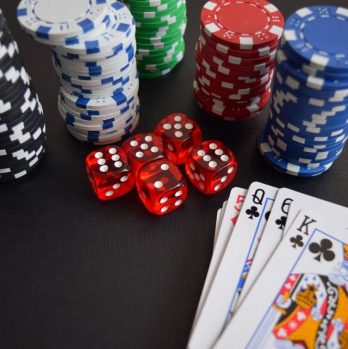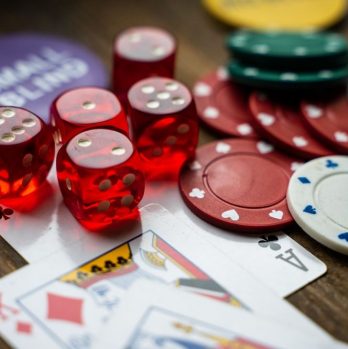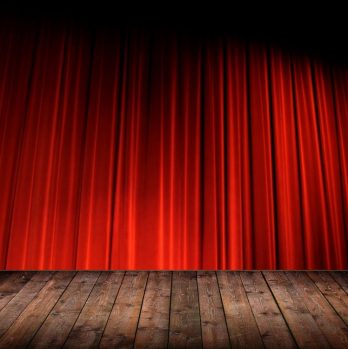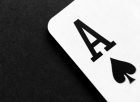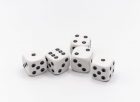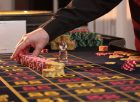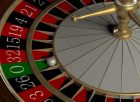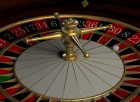Count Cards in Blackjack: A Comprehensive Guide to Understanding and Mastering the Skill
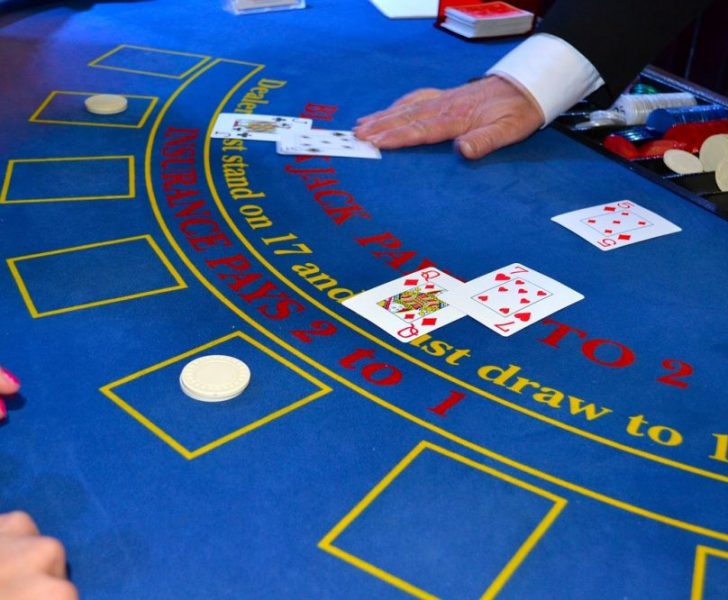
Introduction:
Welcome to our in-depth guide on “count cards in blackjack”, a technique that has captivated and intrigued casino enthusiasts for decades. Whether you’re a seasoned gambler or new to the world of casinos, understanding the concept of card counting is crucial for gaining an edge and potentially increasing your chances of winning at blackjack. In this article, we will explore the history, techniques, and importance of counting cards in blackjack.
History of Counting Cards in Blackjack:
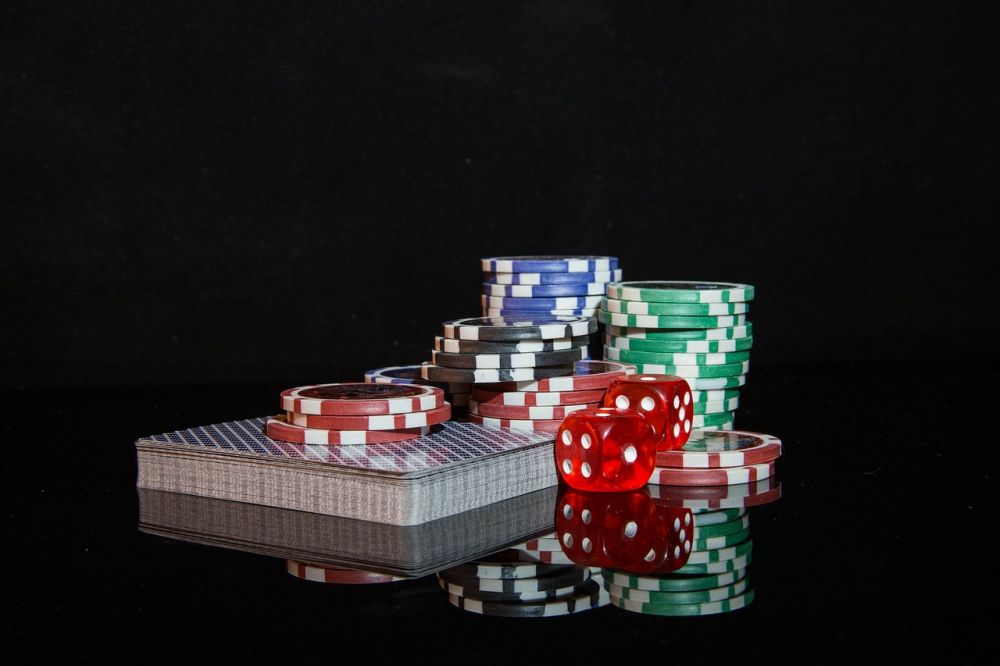
To fully appreciate the significance of card counting in blackjack, it’s essential to delve into its historical origins. The practice of card counting can be traced back to the early 1960s when a mathematician named Edward O. Thorp published his groundbreaking book, “Beat the Dealer.” Thorp’s work revolutionized the game of blackjack by proving that it was possible to gain a statistical advantage over the house through card counting.
Initially, card counting faced significant backlash from casinos, who viewed it as a threat to their profits. As a result, many establishments implemented countermeasures such as multiple deck shuffling, increasing the number of decks used, and even banning individuals suspected of card counting. Despite these challenges, the allure of gaining an edge and the subsequent rise of the internet have kept card counting relevant in modern-day casinos.
Understanding Card Counting in Blackjack:
Card counting in blackjack revolves around tracking the ratio of high to low cards remaining in the deck. The fundamental concept is that when the deck is rich in high cards (e.g., tens and aces), players have a higher probability of being dealt a blackjack, obtaining a natural 21, and winning more hands. Conversely, when the deck is rich in low cards (e.g., twos to sixes), the dealer has a higher chance of busting, providing players with a strategic advantage.
To effectively count cards, players assign a numerical value to different cards based on their impact on the game. High cards, such as tens and aces, are assigned a value of -1, while low cards, such as twos to sixes, are assigned a value of +1. The remaining cards, sevens to nines, are considered neutral and are assigned a value of 0. By keeping a running count of these values as the cards are dealt, players can determine the overall composition of the deck and adjust their betting strategy accordingly.
Different Card Counting Techniques:
While there are various card counting techniques employed by professional players, the most popular one is the Hi-Lo system. The Hi-Lo system is a balanced strategy that assigns a +1 or -1 value to each card, ensuring an accurate count.
Here’s a brief breakdown of the Hi-Lo system:
– Assign a value of +1 to cards numbered 2 to 6.
– Assign a value of 0 to cards numbered 7 to 9.
– Assign a value of -1 to cards numbered 10 to Aces.
By maintaining an accurate count throughout the game, players can make informed decisions regarding their bets and gameplay strategy.
The Importance of Card Counting:
Card counting is a skill that can potentially tilt the odds in favor of skilled players by giving them valuable insight into the composition of the deck. While it does not guarantee consistent winnings, it provides a statistically higher probability of making winning decisions in the long run.
Counting cards requires concentration, practice, and a keen eye for detail. With dedication and experience, players can refine their card counting abilities to significantly increase their chances of success at the blackjack table.
Conclusion:
In conclusion, mastering the art of card counting in blackjack is a long and challenging journey. While it may not be suitable for everyone, understanding the principles behind this technique can enhance your understanding of the game and potentially increase your chances of winning. From its humble beginnings to modern-day strategies, card counting continues to captivate the interest of casino enthusiasts worldwide. So, if you’re ready to take your blackjack game to the next level, why not give card counting a try and see if you can beat the house at its own game? Good luck!
